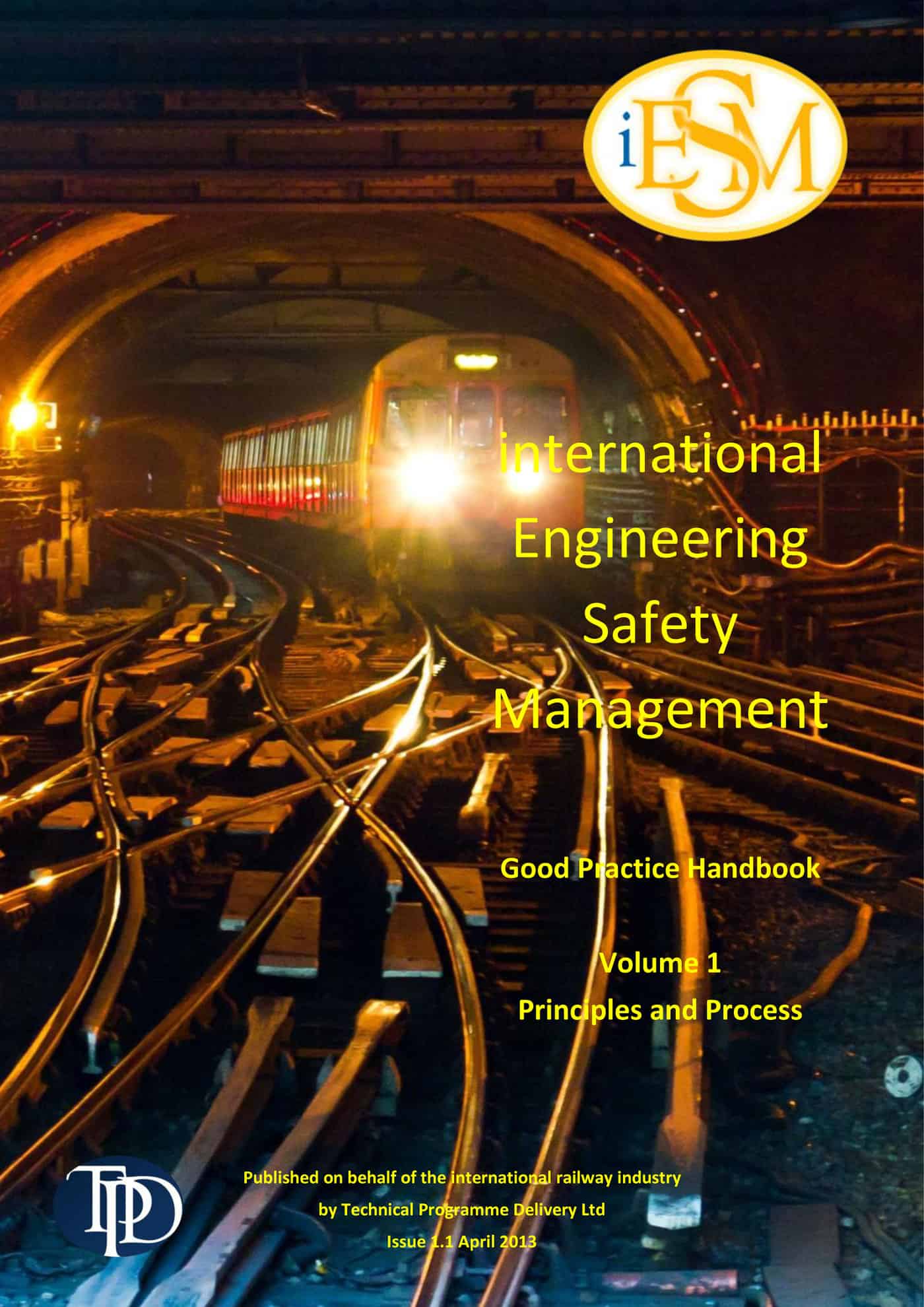 Many safety professionals in Australia have become so familiar with the work of James Reason that they are looking for the next big thing. There isn’t one but there are small things that build on Reason’s work and, importantly, that of other safety theorists (the non-cheese sector) to progress safety management
Many safety professionals in Australia have become so familiar with the work of James Reason that they are looking for the next big thing. There isn’t one but there are small things that build on Reason’s work and, importantly, that of other safety theorists (the non-cheese sector) to progress safety management
Recently a colleague drew my attention to a 2013 handbook on Engineering Safety Management. It focuses on rail engineering but has a broader safety relevance. Both volumes of the handbook are freely available HERE.
The text may seem a little stilted and some may be turned off by the engineering focus but there is much to like and the engineering focus will seem fresh to the OHS professionals. There is an acknowledgement of the overlap in approaches between rail safety and OHS, an overlap that is increasing in Australia.
There is less reliance on Standards which allows the handbook to cross jurisdiction boundaries and the sectional dogmatism that often haunts rail safety, or did until recently. Many of the references will be familiar to OHS students with mention of Reason, Kletz and Leveson.
Just as safety professionals must have a basic understanding of human resources and industrial relations in order to communicate effectively in any organisation, so must safety professionals deal with engineers. In many areas safety evolved from engineering concepts but OHS has a broad purview and has evolved from the original source material, often past, the engineering discipline. However legislation and contractual obligations have made safety management an unavoidable element of the modern engineer . Engineers participate in, and often lead, safety walks of work sites and production processes. Engineers work closely with safety professionals and both disciplines overlap and complement each other.
That is why this ESM Good Practice Handbook is so useful and attractive (as well as being free). In some ways reading the handbook is reminiscent of learning OHS through the prism of risk management – the connections to OHS, the relevance, is obvious but the book is not an OHS book. This handbook is not an OHS book. It is a safety management book and we could all benefit from less of a focus on OHS and more attention to safety management in all its broad confusion and complexity. These are the types of resources that safety professionals of any discipline should snap up.

Thanks again Kevin. I look forward to reading it.
Cheers
Peter,I would welcome your thoughts on the worthiness of the handbook.
Hi Kevin,
Some of your thoughts in this post have got me thinking again about our language of safety. I have long struggled with how poorly we understand and communicate what we are really about.
I recently got involved in reponding to another blogg post on another site which asked the question \”what is safety?\”.
Those of us who responded could not define it with any degree of clarity by focussing on the issue from this direction. And if WE WHS Professionals can\’t define it, how can we expect non-whs people to understand it, or us?
I was prompted to start reading the Handbook to see what it offered in this regard. On page 7 I read the following:
\”Hazards are associated with systems and products.
We use the word ‘risk’ to refer to the likelihood that an accident will happen and the amount of harm to people that could arise. We say that a system or product is safe when the risk associated with it has been controlled to an acceptable level\”.
This really crystallised for me what was in my mind.
Within the language of workplace health and safety we don\’t manage health or safety.
Rather we manage risk which, if successful, results in reduced adverse health outcomes and/or a safe outcome for people doing work.
This reminded me of a recent post of yours which I responded to around the idea that I don\’t advise on safety, I advise on managing risks.
This prompts me to ask \”Is it time for us to introduce a paradigm shift in the language of WHS?\” If we agree with that then \”How do we get started?\”